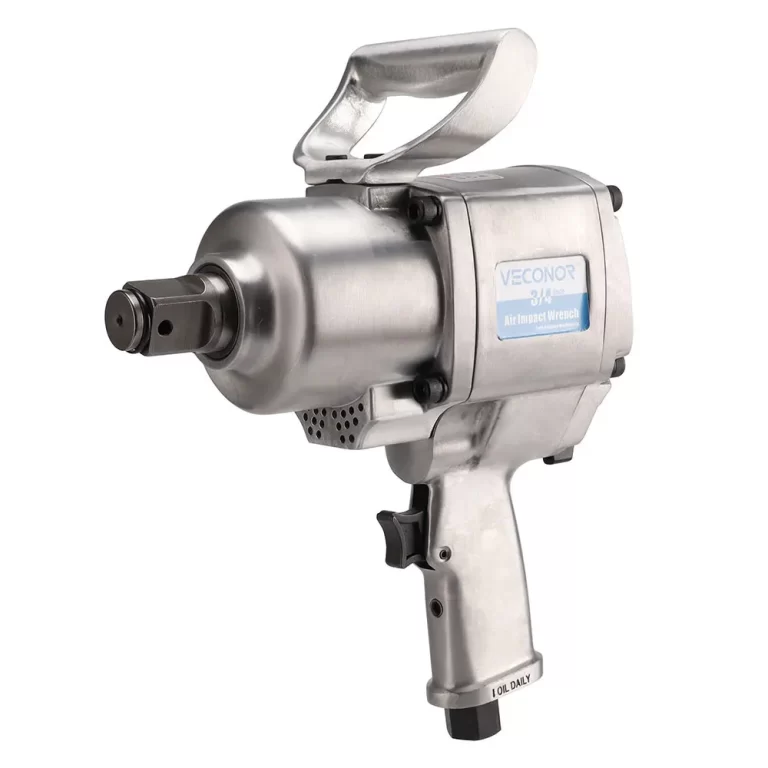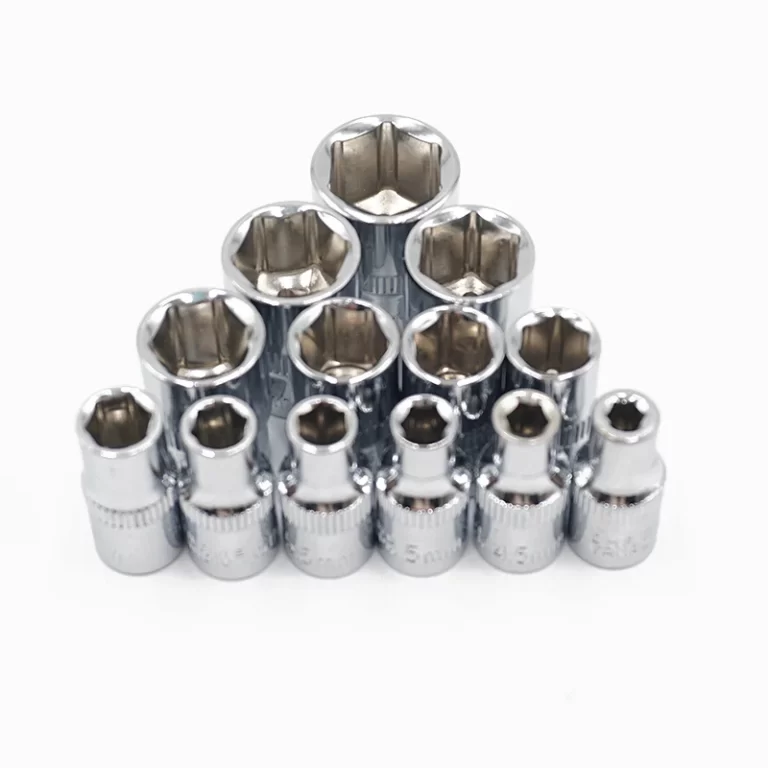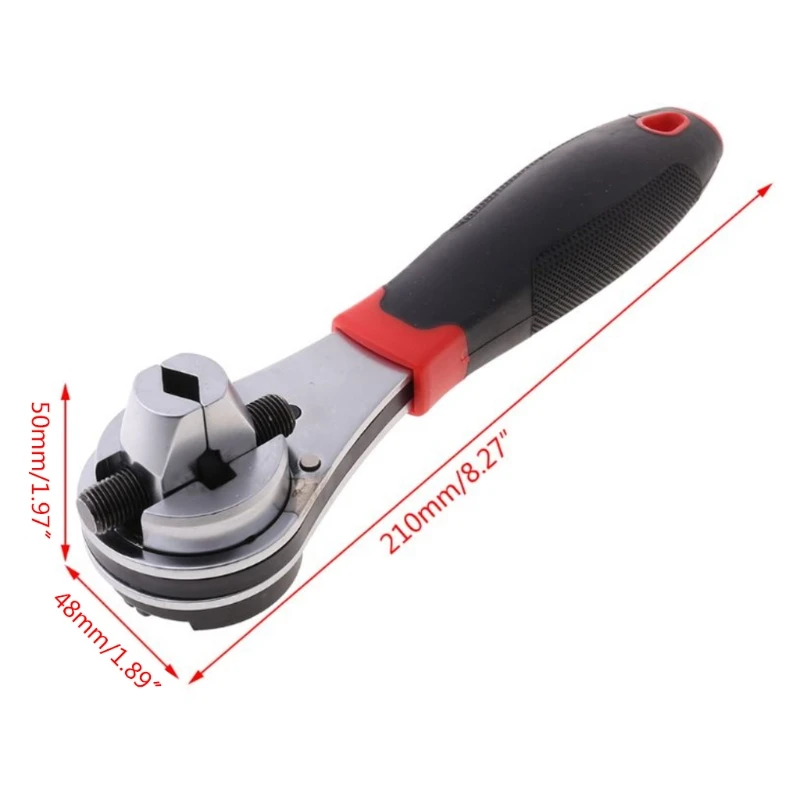
Speed Wrench vs. Traditional Ratchet – Which Is Better?
When it comes to efficient hand tool performance, few tools deliver results like the speed wrench. Designed to combine the functionality of a ratchet and a wrench, this innovative tool allows users to tighten or loosen fasteners with rapid back-and-forth motion—no need to lift and reposition after each turn. Whether you’re working on automotive repairs, assembling furniture, or maintaining machinery, a speed wrench saves time and reduces hand fatigue. Its unique gear mechanism enables continuous rotation in one direction while freely pivoting on the return stroke. As a result, tasks that once took minutes can now be completed in seconds.
This guide explores everything you need to know about the speed wrench, from its design and types to practical applications, maintenance tips, and how it compares to traditional tools. By the end, you’ll understand why this compact yet powerful tool is becoming a must-have in both professional and home toolkits.
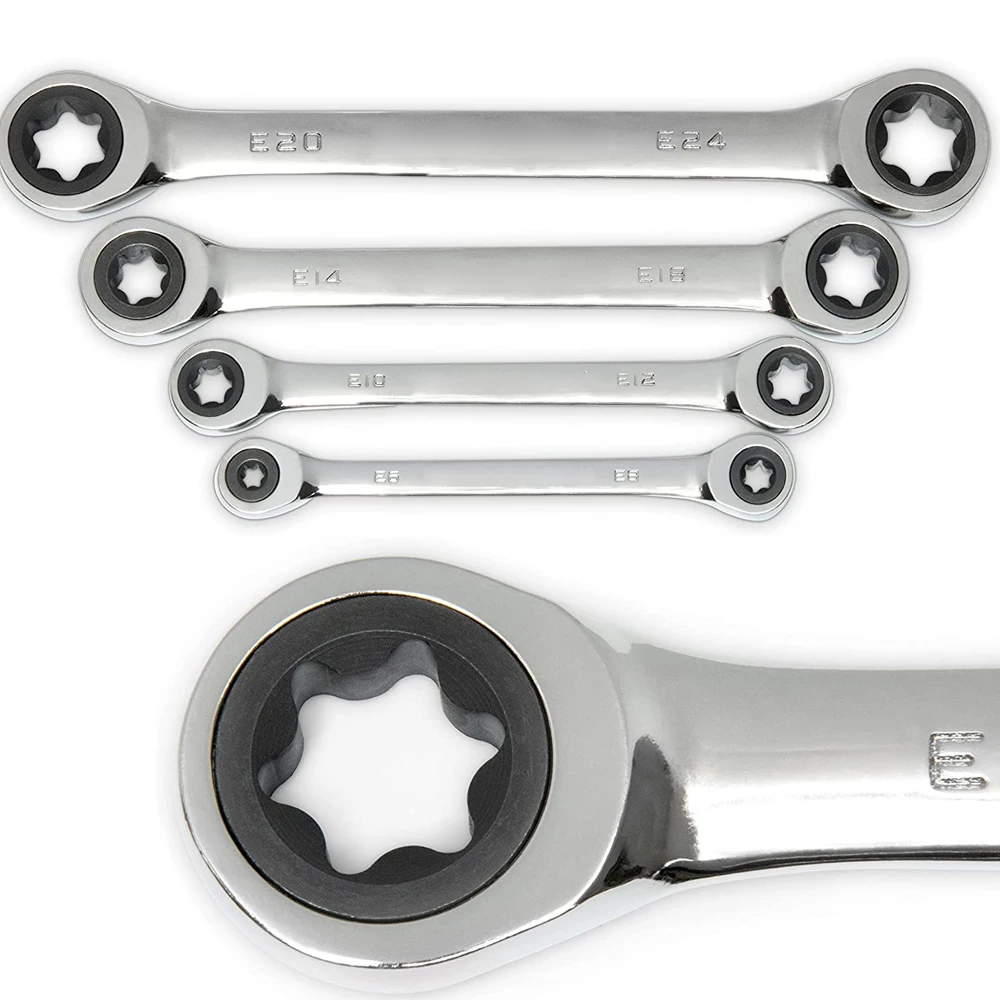 How a Speed Wrench Works: The Mechanics Behind the Efficiency
How a Speed Wrench Works: The Mechanics Behind the Efficiency
Understanding the inner workings of a speed wrench helps explain its speed advantage. First, it features a reversible head with an internal gear system. This mechanism engages when you turn the handle in the tightening direction. Each forward motion rotates the socket or bit.
Second, when you pull back, the gears disengage. Instead of losing momentum, the wrench simply slides over the fastener. This means you don’t have to remove and reposition the tool after every turn.
Third, most models include a simple switch to change direction. Flip it to reverse the gear engagement. Now, backward strokes loosen the bolt while forward ones idle. This makes switching between tightening and loosening quick and intuitive.
Fourth, the handle is typically long enough to provide leverage. Yet, it remains compact for use in tight spaces where a full ratchet won’t fit. Some versions feature cushioned grips for comfort during extended use.
Fifth, the drive size varies. Common options are 1/4-inch, 3/8-inch, and 1/2-inch. Match the drive to your socket set for seamless compatibility.
Sixth, many speed wrenches accept standard sockets. Simply attach them using the built-in retention ball. This allows access to a wide range of nut and bolt sizes.
Seventh, some advanced models include flexible heads. These bend slightly to reach awkward angles. Others offer swivel joints for better alignment.
Finally, unlike traditional ratchets, there’s no box-end limitation. You can keep moving without removing the tool. This continuous motion is what gives the speed wrench its name and unmatched efficiency.
Because of these smart engineering choices, the tool delivers real-world speed gains across multiple industries.
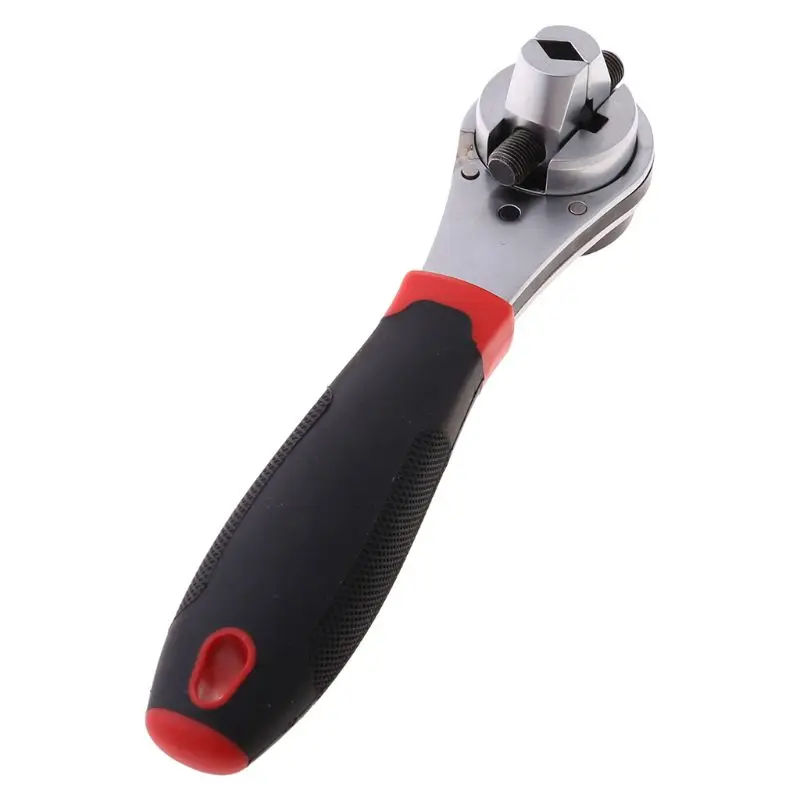 Types of Wrenches and Their Best Uses
Types of Wrenches and Their Best Uses
Not all speed wrenches are the same. Different designs serve different needs. Knowing which type to choose ensures better performance and safety.
First, the straight-bar speed wrench is the most common. It works well in open areas with easy access. Use it for general-purpose tasks like changing spark plugs or removing wheel covers.
Second, the swivel-head model offers more flexibility. The head tilts or rotates, allowing you to work around obstructions. This version excels under dashboards or near engine blocks.
Third, the folding-handled speed wrench is ideal for storage. The handle collapses into the body. As a result, it fits easily in small toolboxes or glove compartments.
Fourth, magnetic bar speed wrenches hold sockets securely. The magnet prevents accidental drops. This is especially useful in overhead work or cramped conditions.
Fifth, insulated speed wrenches are designed for electrical work. They protect against shocks when used near live circuits. Always verify voltage ratings before using in such environments.
Sixth, mini speed wrenches cater to precision jobs. Often found in electronics or bicycle repair, they handle small screws and bolts with accuracy.
Seventh, heavy-duty steel versions suit industrial settings. Built for high torque, they withstand repeated use in factories or auto shops.
Eighth, ergonomic models focus on user comfort. Features like rubberized grips and balanced weight reduce strain during long sessions.
Each type has a specific role. Choose based on your workspace, task frequency, and required durability.
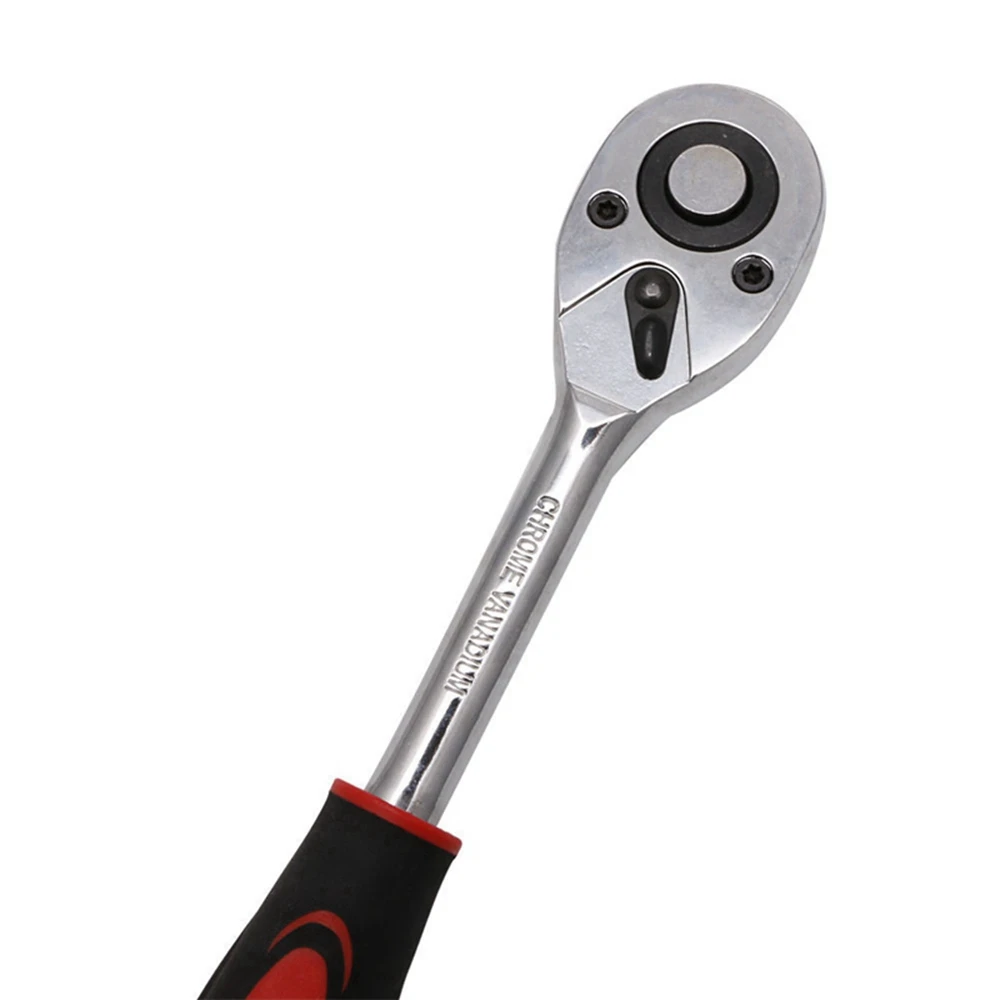 Advantages of Using a Wrench Over Traditional Tools
Advantages of Using a Wrench Over Traditional Tools
Switching to a speed wrench brings measurable improvements. First, it increases speed dramatically. Tasks requiring dozens of turns take a fraction of the time. For example, removing a tire takes less than half the effort compared to a standard lug wrench.
Second, it reduces hand fatigue. With no need to lift and reset, your wrist and fingers stay relaxed. This is crucial during long repair sessions.
Third, it improves control. The direct grip and smooth motion allow for consistent pressure. You’re less likely to slip and damage a bolt head.
Fourth, it works in confined spaces. Unlike bulky ratchets, many speed wrenches fit into narrow gaps. This makes them perfect for engine bays or plumbing fixtures.
Fifth, it requires fewer accessories. You don’t need extension bars or universal joints in most cases. The tool’s design handles angles naturally.
Sixth, it minimizes noise. Traditional ratchets produce a clicking sound with each stroke. A speed wrench operates quietly, which matters in shared workspaces.
Seventh, it enhances accuracy. Continuous motion reduces the chance of misalignment. This protects both the fastener and the tool.
Eighth, it supports repetitive tasks efficiently. In assembly lines or maintenance routines, speed wrenches boost productivity.
Ninth, it’s easier to learn. Beginners pick it up faster than mastering ratchet techniques. Just move back and forth—the tool does the rest.
Lastly, it often costs less than a full ratchet and socket set. This makes it a budget-friendly upgrade for DIYers.
These benefits make the speed wrench a smarter alternative in many scenarios.
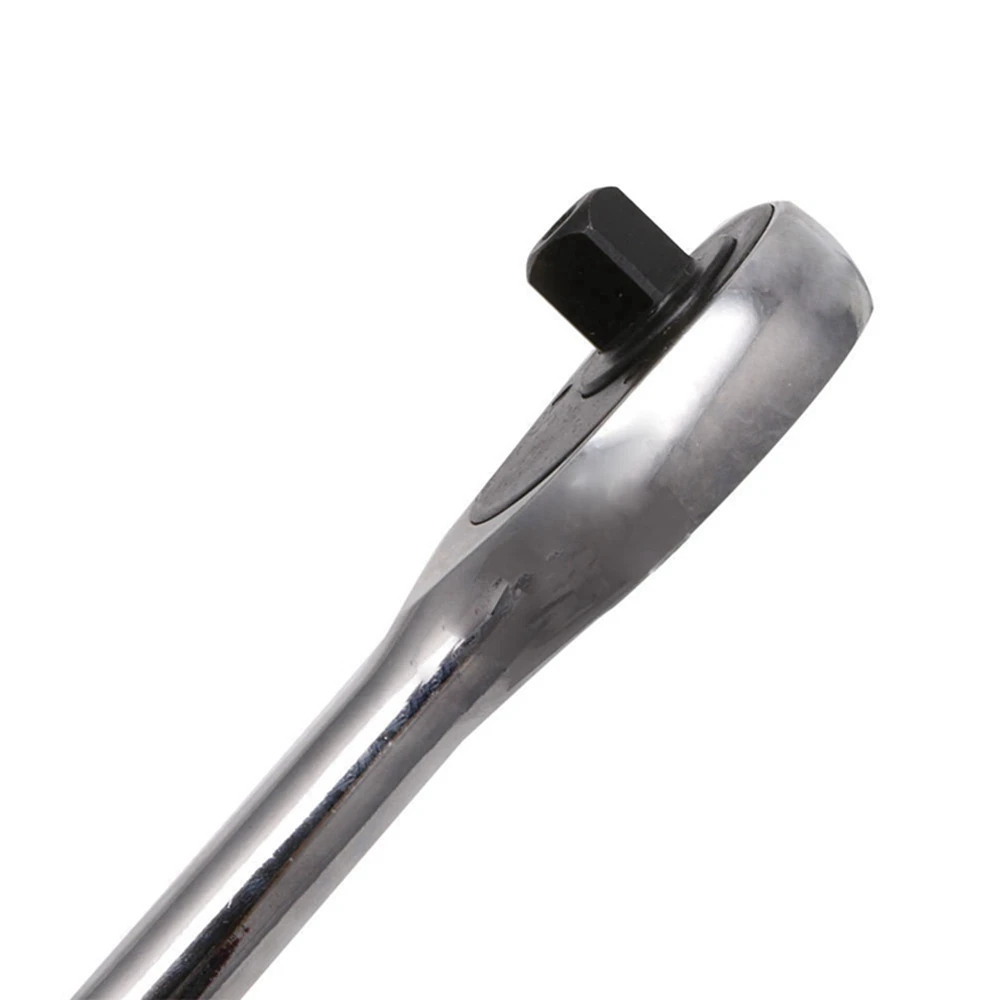 Practical Applications: Where a Wrench Shines
Practical Applications: Where a Wrench Shines
The speed wrench proves its value across many fields. First, in automotive repair, it removes oil pans, valve covers, and exhaust components quickly. Mechanics use it for routine services like brake changes and filter replacements.
Second, bicycle maintenance benefits greatly. Tight spaces around pedals and derailleurs make traditional tools hard to use. A mini speed wrench fits perfectly and speeds up adjustments.
Third, home improvement projects become easier. Assembling furniture, installing shelves, or mounting TVs involves many screws. The speed wrench cuts setup time significantly.
Fourth, HVAC technicians rely on them for ductwork and unit servicing. Limited access behind walls or ceilings demands compact, agile tools.
Fifth, plumbers use speed wrenches for pipe fittings and fixture installations. The ability to work in tight corners under sinks is a major advantage.
Sixth, electricians appreciate insulated models. When working in breaker panels or junction boxes, safety and precision are critical.
Seventh, production and assembly workers use them on factory floors. High repetition tasks gain efficiency with reduced motion.
Eighth, outdoor equipment maintenance becomes simpler. Lawnmowers, snowblowers, and ATVs have numerous bolts exposed to dirt and rust. A speed wrench helps break them free with steady force.
Ninth, emergency roadside repairs are faster. Changing a flat tire or securing a loose part takes less time with a folding speed wrench in your trunk.
Tenth, hobbyists and model builders enjoy precision versions. Small screws in RC cars or drones get tightened without stripping.
From garages to job sites, the speed wrench adapts to diverse needs.
How to Maintain and Care for Your Wrench
To ensure long life and peak performance, care matters. First, clean the wrench after each use. Wipe off grease, dirt, and metal shavings with a dry cloth.
Second, inspect the gear mechanism regularly. Look for worn teeth or debris inside the head. Use compressed air to blow out dust from the internal parts.
Third, lubricate the moving parts occasionally. Apply a drop of light machine oil to the gear area. Do not over-lubricate, as excess attracts grime.
Fourth, store it properly. Keep it in a dry toolbox away from moisture. Humidity causes rust, especially on steel models.
Fifth, avoid dropping the tool. Impacts can misalign internal gears or damage the drive pin. Always place it down gently.
Sixth, check socket fit frequently. A loose socket can slip and round off bolt heads. Replace worn sockets immediately.
Seventh, do not use cheater bars or pipes to increase leverage. This puts too much stress on the mechanism and may break it.
Eighth, replace damaged parts promptly. Many manufacturers sell replacement heads or handles. Don’t continue using a broken tool.
Ninth, keep spare springs or balls if your model uses them. These small parts can fall out during cleaning.
Tenth, follow the manufacturer’s guidelines. Read the manual for torque limits and usage warnings.
Proper maintenance ensures your speed wrench remains reliable for years.
Frequently Asked Questions
Can I use any socket with a speed wrench? Yes. Most accept standard ¼”, 3/8”, or ½” drive sockets. Confirm compatibility before purchase.
Is a speed wrench as strong as a ratchet? It depends on build quality. Heavy-duty models handle similar torque. Avoid extreme force on lightweight versions.
Can it strip bolts? Only if misused. Apply steady pressure and use the correct socket size.
Do speed wrenches work on rounded nuts? No. Like all tools, they need good contact. Use extraction tools for damaged fasteners.
Are they safe for beginners? Absolutely. Their simplicity makes them beginner-friendly. Just remember to match direction to task.
Can I use it with extensions? Some models allow short extensions. Long ones may reduce stability and cause slipping.
Where can I buy replacement parts? Check the manufacturer’s website or online retailers like Amazon or Home Depot.
These answers help users get the most from their tool.
 Final Thoughts
Final Thoughts
Every handy person should consider adding a speed wrench to their collection. It bridges the gap between speed and precision, offering unmatched efficiency in repetitive tasks. From home repairs to professional jobs, its design saves time, reduces fatigue, and improves accuracy. Whether you’re a weekend DIYer or a seasoned mechanic, this tool delivers real value. Once you experience the smooth, continuous motion of a speed wrench, going back to traditional methods feels slow and outdated. Invest in one today and feel the difference in every turn.
